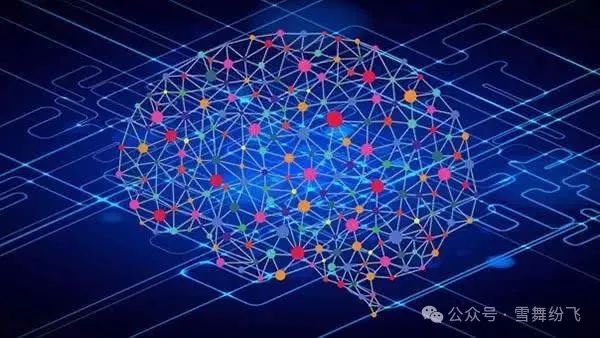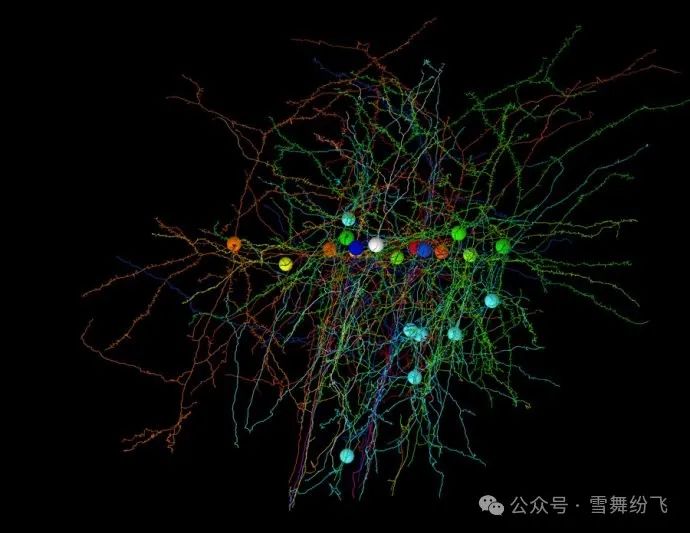1. Introduction: The Wonderful Collision of C++ and Neural Networks

In today’s technological wave, neural networks are undoubtedly a shining star, driving the field of artificial intelligence forward at an astonishing pace. From accurately identifying various objects in image recognition to enabling smooth human-computer dialogue in natural language processing, and assisting doctors in detecting disease signs in medical diagnosis, the application scenarios of neural networks are ubiquitous, profoundly changing our ways of living and working.
Among the many programming languages for implementing neural networks, C++ stands out with its exceptional performance advantages. With efficient runtime speed, fine memory management, and excellent cross-platform compatibility, C++ becomes a powerful tool for developing high-performance neural network applications. Whether for the demanding real-time requirements of autonomous driving systems or for stable operation in resource-constrained environments like embedded devices, C++ can perform remarkably, providing a solid foundation for deploying neural networks.
However, as neural network models become increasingly complex and application scenarios diversify, the need to enhance model performance and optimize resource utilization becomes more pressing. This brings us to two key technologies: model quantization and precision optimization, which act like a pair of magical “wands” that can significantly reduce the model’s storage requirements and accelerate the inference process without sacrificing too much accuracy, allowing neural networks to unleash more powerful capabilities in C++ environments and unlock unprecedented application possibilities. Next, let’s delve into the mysteries of these technologies.
2. Review of Basic C++ Neural Network Models

2. Review of Basic C++ Neural Network Models
(1) Core Component Analysis
In the world of neural networks built with C++, neurons are undoubtedly the basic “bricks”. A simple implementation of a neuron class might look like this:
class Neuron {
public:
std::vector<double> weights; // Store connection weights</double>
double bias; // Bias term
double activation(double input) {
// Using the common Sigmoid activation function as an example
return 1.0 / (1 + std::exp(-(input + bias)));
}
};Here, the weights determine the importance of the input signals, the bias provides an additional adjustable constant for the neuron, and the activation function endows the neuron with the ability to process non-linearities, allowing the neural network to fit complex data patterns.
Multiple neurons arranged in specific combinations form the layers of the neural network. For instance, in a fully connected layer, the code might look like this:
class FullyConnectedLayer {
public:
std::vector<neuron> neurons;</neuron>
std::vector<double> forward(const std::vector<double>& input) {</double></double>
std::vector<double> output;</double>
for (auto& neuron : neurons) {
double weightedSum = 0.0;
for (size_t i = 0; i < input.size(); ++i) {
weightedSum += input[i] * neuron.weights[i];
}
output.push_back(neuron.activation(weightedSum));
}
return output;
}
};In this forward propagation function of the fully connected layer, it clearly shows how the input data is multiplied and summed with the neuron weights, processed through the activation function, generating output data that is passed to the next layer, thus constructing a complex neural network architecture layer by layer.
(2) Overview of Model Training Process
Model training is like a meticulously crafted craft journey, where every step is crucial to the final outcome.
Data preprocessing is an important initial step. For image data, we might need to use the OpenCV library to read, resize, and normalize the images, transforming the raw image data into a format that the neural network can process efficiently. For example, the following code:
cv::Mat image = cv::imread("image.jpg", cv::IMREAD_GRAYSCALE);
cv::resize(image, resizedImage, cv::Size(28, 28)); // Assume resizing to 28x28 pixels
resizedImage.convertTo(normalizedImage, CV_32F, 1.0 / 255.0); // Normalize to the range 0-1After preprocessing, the data enters the forward propagation phase. Starting from the input layer, the data flows through the hidden layers, where each layer performs calculations based on its weights, biases, and activation functions until it reaches the output layer to obtain prediction results. This process resembles a “relay transfer” of information in the neural network, implemented by calling the forward function of each layer.
With the prediction results, we need to compare them with the true labels to calculate the loss, commonly using the Mean Squared Error (MSE) loss function, implemented in C++ as follows:
double meanSquaredError(const std::vector<double>& predictions, const std::vector<double>& targets) {</double></double>
double error = 0.0;
for (size_t i = 0; i < predictions.size(); ++i) {
error += std::pow(predictions[i] - targets[i], 2);
}
return error / predictions.size();
}The loss value intuitively reflects the degree of deviation of the model’s predictions, and the core goal of model training is to continuously reduce this loss value.
The subsequent backpropagation phase involves calculating gradients layer by layer in reverse based on the loss, using the chain rule to precisely locate the “contribution” of each weight and bias to the loss, thus providing a basis for weight updates. This process involves complex derivative calculations, and while the code implementation is relatively cumbersome, the logic is rigorous, aiming to accurately convey error feedback.
Finally, based on the gradients calculated from backpropagation, we use optimization algorithms (such as Stochastic Gradient Descent, SGD) to update the weights, akin to fine-tuning the strings of a musical instrument to gradually bring the model closer to its optimal state:
void updateWeightsSGD(std::vector<fullyconnectedlayer>& layers) {</fullyconnectedlayer>In this entire training process, the quality of the data, the accuracy of forward propagation, the rationality of the loss function, the accuracy of backpropagation, and the strategy for updating weights—any slight misstep in any link could significantly compromise the model’s accuracy, leading to local optima or even failure to converge.
3. Quantization: The Magical Power of Model Compression

The Essence and Advantages of Quantization
Quantization, in essence, is a form of “data compression” magic that can convert the originally high-precision floating-point data in neural networks into low-precision integer data. For example, it is like converting items weighed on a high-precision scale to be weighed on a slightly less precise but more convenient scale. From a mathematical perspective, common linear quantization maps floating-point values to a specific integer range by determining a scale factor and a zero-point offset, such as compressing 32-bit floating-point weights or activation values to 8-bit integers.